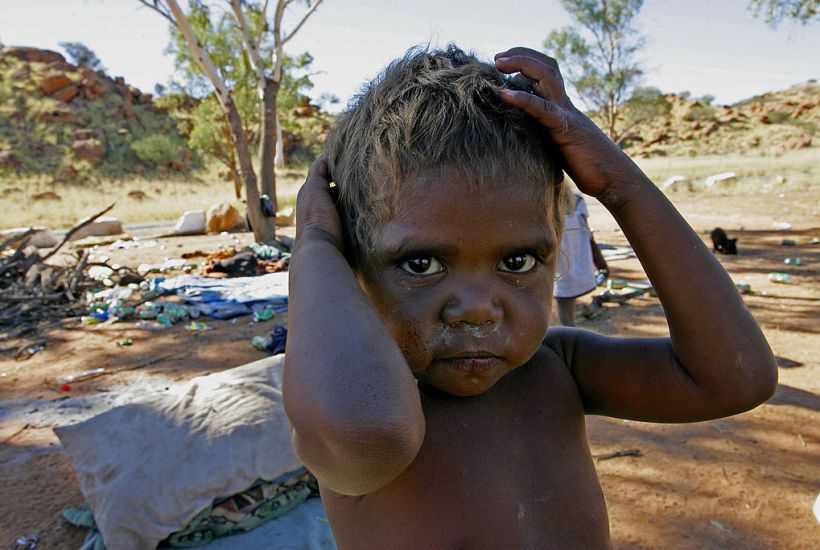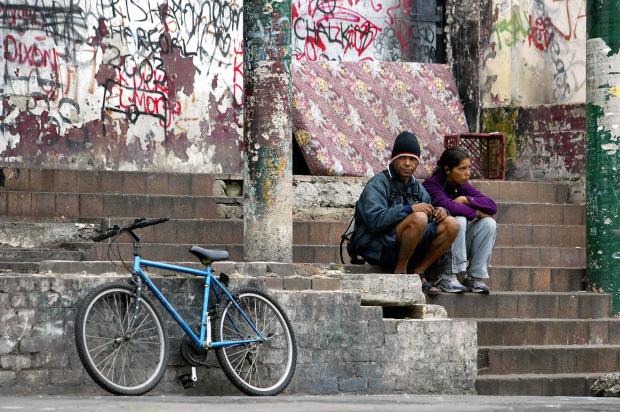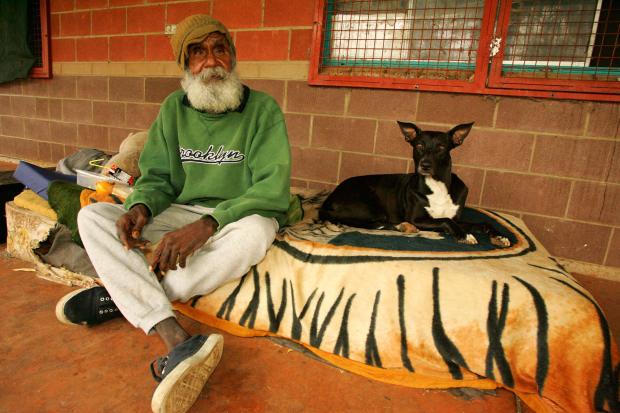You would be forgiven for being stunned by the recent revelations of wide-scale fraud and financial instability in job agencies managing the remote work-for-the-dole scheme, known as the Community Development Programme.
On face value, the findings of a report by the Australian National Audit Office were shocking — some providers are inflating the number of people on their books in order to access more of the $1.6 billion in Commonwealth funding dedicated to the programme. In several cases, agencies were even found to be manipulating their figures by listing people who were either in prison or dead, while another agency has collapsed, owing the government more than $5 million.
This expose is confronting, but will not come as a surprise to those who have followed the merry-go-round of remote employment programs primarily targeted at Indigenous Australians.
The first manifestation was the Community Development Employment Projects, established in 1977 to create jobs — rubbish collection, road maintenance, and health work —to assist in the management of remote communities.
Plagued with problems, by 2001 it began to be undermined by what has become of hallmark of the current CDP program — fake work.
With some providers began paying participants to attend cultural events such as funerals it became recognised as little more than glorified welfare.
With the failures of CDEP, you’d think policy makers had learnt their lesson.
However, CDP seems to have taken even more steps back than its predecessor. Since its inception in 2015, the programme has been discriminatory, poorly managed and has produced few significant outcomes.
So great is the dysfunction it would be difficult to know where to start trying to fix it.
CDP has been labelled ‘racist’ because participants (83 per cent of whom are Indigenous) are required to work 25 hours a week, 46 weeks a year. In comparison, Jobactive participants do not commence work-for-the-dole activities for 12 months and then must complete 25 hours a week for 26 weeks a year.
CDP has been linked to an increase in poverty, with a punitive fine system docking 10 per cent of fortnightly payments each time a participant misses or turns up late to activities. In the first two years of the program, more than 200,000 fines were issued and CDP participants are 20 times more likely to be financially penalised than non-remote job seekers.
Meanwhile, many activities have been criticised as menial and irrelevant — teaching people about grooming and hygiene hardly seems to be a work-like task. No wonder some have accused CDP providers of ‘making up’ jobs.
Considering the latest controversy, it seems the program is on the precipice of failure.
CDP is essentially a public service that has been poorly linked with private agencies whose interests don’t always align with those of the participants. They have little involvement in the design process, and seem dislocated from the overarching policy goal.
Most CDP providers are for-profit entities who — like all businesses — are ultimately concerned with their bottom line. When funding is delivered on a per-person basis there is often more incentive to keep someone on CDP than to find them a real job — resulting in further wastage of government money.
Self-reporting doesn’t help the situation either, as it leaves the entire program highly vulnerable to corruption.
It is hard to see how CDP could be saved from here. If it continues to be run by profiteering private providers it will remain vulnerable to manipulation. If the Commonwealth resumes control then a whole new layer of costly bureaucracy will have to be created.
CDP style employment programs, with their perverse incentives, have reached their expiry date. Some things are simply so broken they are impossible to fix.
The $1.6 billion cost would be far better off being invested in strategies with tangible long-term outcomes that seek to permanently reduce welfare dependency and lower overall government spending.
The federal government is already looking to promote Indigenous-owned businesses with its Indigenous Procurement Policy. However, the policy is largely leaving out small businesses and businesses in remote areas where there is little, if any, sense of an economy.
Perhaps directing funds into small business development and giving people a sense of purpose would be a better approach. There are many larger communities that are ripe for hairdressers, cafés and small shops. Towns such as Galiwin’ku in East Arnhem Land have a population of over 2000 but lack many such services.
Getting local people to fill these gaps would be one way of promoting the growth of real jobs in Indigenous communities. Real jobs are what locals want, and CDP is not delivering them.
So as CDP continues to reinforce the economic exclusion that has impeded Indigenous Australians for more than 200 years, we need to assess its growing irrelevance and admit that that it might be time to start over.
Charles Jacobs is a Policy Analyst in the Centre for Independent Studies Indigenous Prosperity Project.
Got something to add? Join the discussion and comment below.
Got something to add? Join the discussion and comment below.
Get 10 issues for just $10
Subscribe to The Spectator Australia today for the next 10 magazine issues, plus full online access, for just $10.


























Comments
Don't miss out
Join the conversation with other Spectator Australia readers. Subscribe to leave a comment.
SUBSCRIBEAlready a subscriber? Log in